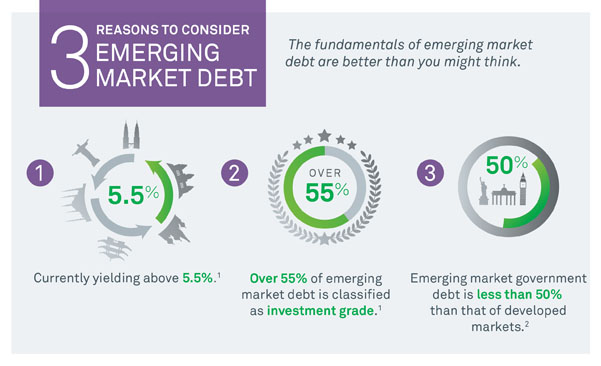
Real estate investing can help you diversify your portfolio and increase your wealth. Before you invest in real estate, there are many things to be aware of. There are simple steps you can follow to help you make informed decisions.
First, you need to be aware of the fact that there is a lot of competition in the real estate investment market. There are countless types of investment, each with its own pros and cons. The key to investing well is to choose which type of investment suits your personal investment profile. You may want to put your money in a real-estate investment trust (REIT) or invest in a portfolio that includes residential and commercial properties. You could also choose to invest in real property using private funds, or borrowing money.

The 2% rule is also a good bet. A real winner is possible if you find a property under-market that needs repairs. This rule, however, is not a reliable indicator of your success. Partnering with a broker is a good option if you want a comprehensive solution for your real estate investment needs. A broker can help you find the perfect property and is an expert in the field of real estate.
It's a smart idea to meet other investors, especially in your area. A network of like-minded investors can make the difference between success and failure. Participating in local networking events and meetings is a great way to meet industry players and discover the best deals for your area.
For decades, the realty investing industry was booming. Many online platforms connect investors and real estate developers. Some platforms allow investors to choose from a variety of options while others are focused on specific projects. Some of these platforms even offer investors the chance to earn passive income.
It has been long considered that real estate is one of the best long-term investments. This is because homes appreciate in line with rising consumer prices. However, changes in the economy or other factors can affect the home's value. A real estate investment can be a great way to diversify.

The best real estate investing strategy is one that suits your personal risk profile. Although there are many strategies that work, you can find the best ones by investing in different types of real estate assets. In order to diversify and grow your investment portfolio, you may consider investing in realty in addition to stocks and bonds. This is best done by identifying the right real estate investment for you and building a portfolio accordingly.
FAQ
What is a mutual fund?
Mutual funds consist of pools of money investing in securities. They offer diversification by allowing all types and investments to be included in the pool. This reduces the risk.
Professional managers manage mutual funds and make investment decisions. Some funds also allow investors to manage their own portfolios.
Most people choose mutual funds over individual stocks because they are easier to understand and less risky.
What is the role of the Securities and Exchange Commission?
SEC regulates the securities exchanges and broker-dealers as well as investment companies involved in the distribution securities. It enforces federal securities laws.
Are bonds tradeable
They are, indeed! Bonds are traded on exchanges just as shares are. They have been traded on exchanges for many years.
The main difference between them is that you cannot buy a bond directly from an issuer. They must be purchased through a broker.
It is much easier to buy bonds because there are no intermediaries. This means that selling bonds is easier if someone is interested in buying them.
There are several types of bonds. Different bonds pay different interest rates.
Some pay interest every quarter, while some pay it annually. These differences make it possible to compare bonds.
Bonds are a great way to invest money. For example, if you invest PS10,000 in a savings account, you would earn 0.75% interest per year. If you invested this same amount in a 10-year government bond, you would receive 12.5% interest per year.
If you were to put all of these investments into a portfolio, then the total return over ten years would be higher using the bond investment.
Statistics
- Our focus on Main Street investors reflects the fact that American households own $38 trillion worth of equities, more than 59 percent of the U.S. equity market either directly or indirectly through mutual funds, retirement accounts, and other investments. (sec.gov)
- Even if you find talent for trading stocks, allocating more than 10% of your portfolio to an individual stock can expose your savings to too much volatility. (nerdwallet.com)
- US resident who opens a new IBKR Pro individual or joint account receives a 0.25% rate reduction on margin loans. (nerdwallet.com)
- For instance, an individual or entity that owns 100,000 shares of a company with one million outstanding shares would have a 10% ownership stake. (investopedia.com)
External Links
How To
How to make your trading plan
A trading plan helps you manage your money effectively. It allows you to understand how much money you have available and what your goals are.
Before creating a trading plan, it is important to consider your goals. You may want to save money or earn interest. Or, you might just wish to spend less. You may decide to invest in stocks or bonds if you're trying to save money. You can save interest by buying a house or opening a savings account. Perhaps you would like to travel or buy something nicer if you have less money.
Once you know what you want to do with your money, you'll need to work out how much you have to start with. This depends on where you live and whether you have any debts or loans. It is also important to calculate how much you earn each week (or month). Your income is the net amount of money you make after paying taxes.
Next, save enough money for your expenses. These include rent, bills, food, travel expenses, and everything else that you might need to pay. These expenses add up to your monthly total.
You will need to calculate how much money you have left at the end each month. This is your net disposable income.
This information will help you make smarter decisions about how you spend your money.
Download one online to get started. Ask someone with experience in investing for help.
Here's an example.
This will show all of your income and expenses so far. You will notice that this includes your current balance in the bank and your investment portfolio.
And here's another example. This one was designed by a financial planner.
It will help you calculate how much risk you can afford.
Remember: don't try to predict the future. Instead, you should be focusing on how to use your money today.